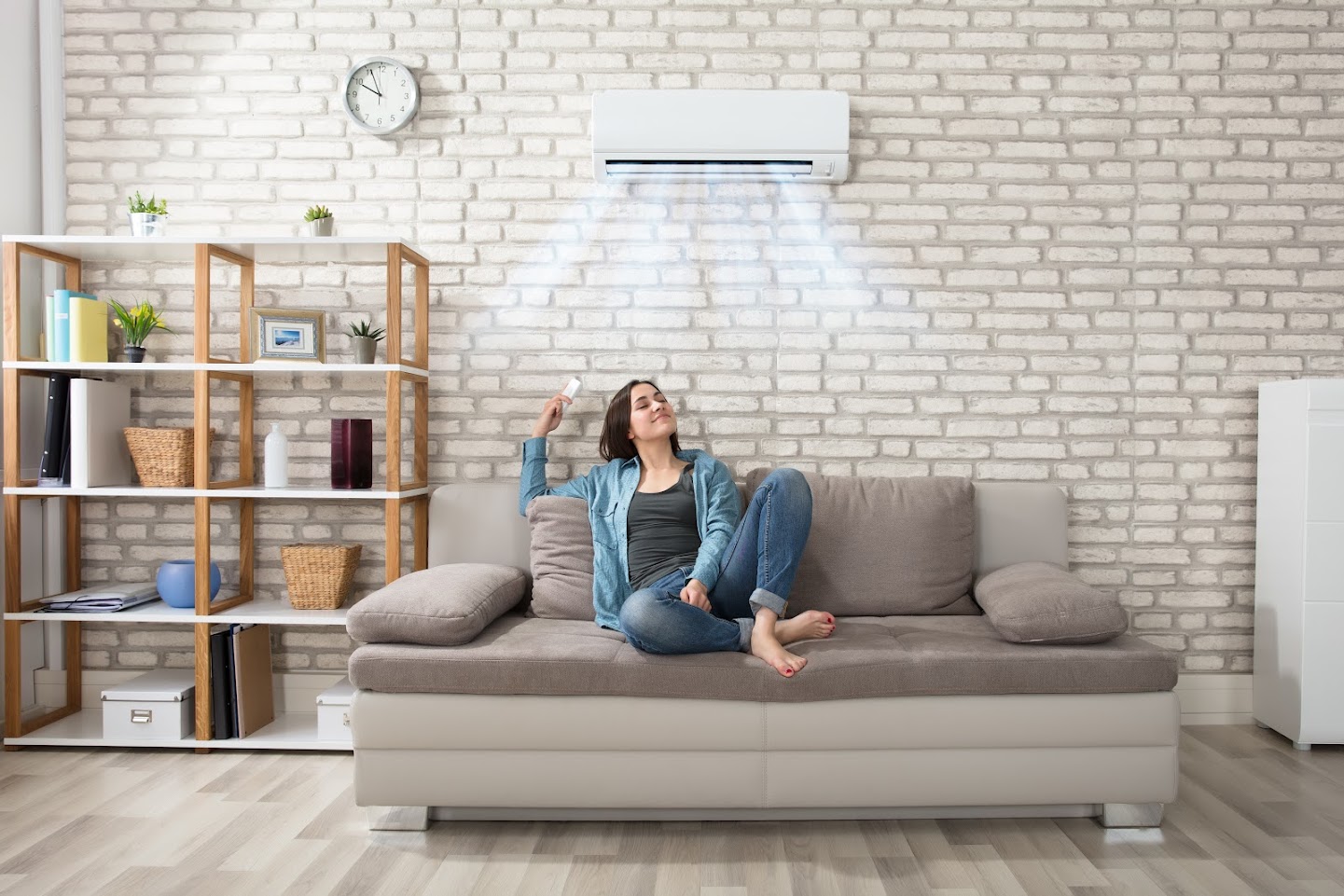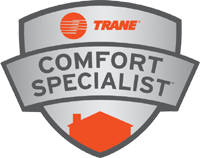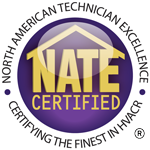5 HVAC Tips to Improve Indoor Air Quality

May 25, 2022
Your HVAC system keeps your home warm in the winter and cool in the summer. However, with added features, a good HVAC system can also improve your indoor air quality. This can reduce irritation to the lungs, skin, eyes, and mouth, and it can also reduce the risk of allergens and germs. If you would like to know more, check out these five HVAC tips for improving your indoor air quality.
1. Add a Humidifier or Dehumidifier
In areas with high moisture levels, you can add a dehumidifier to your HVAC system. This will help prevent sticky, uncomfortable air inside the home, and it will reduce the risk of mold growth. Too much moisture also attracts dust, increasing the amount of accumulation.
Depending on the climate, however, you may need to add a humidifier to increase the moisture in the air. Dry air can lead to many issues, including dry eyes, mouth, and nose. This may even increase the risk of nose bleeds, dehydration, and dry skin. People with respiratory illnesses may also find that their symptoms worsen in dry air.
2. Add an Air Purifier
Adding an air purifier to your HVAC system helps clean the air. Depending on where you live, you could have different allergens, pollution, and toxins in the indoor air. One of the leading benefits of an air purifier is that it can remove dangerous outside pollutants. In fact, when you combine an air purifier with a HEPA filter, you can reduce the pollution inside your home by 23 percent.
Besides pollution, an air purifier removes germs and bacteria from the air, so you are less likely to get sick. This is especially great during the cold and flu season. Even if someone else in the house has an illness, the air purifier can keep their infected air away from you. Air purifiers also remove allergens, pet hair, and odors.
3. Install UV Lights
Some air purifiers use UV lights to kill microorganisms. UV light consists of UVA, UVB, and UVC. UVA is the same light used in blacklights, and UVB is notorious for causing sunburns. UVC, however, is excellent at killing germs.
However, you don't need an air purifier to add UV lights to your HVAC system. They can be added inside the HVAC system, inside the air handler. While some UV lights help kill germs floating in the air, an HVAC UV light typically prevents the buildup of debris, grime, and germs inside the system, preventing it from blowing germs into the air.
4. Upgrade to a HEPA Filter
A HEPA filter can be used with or without an air purifier. HEPA filters are more effective than other filters, removing 99.97 percent of particles from the air. This is because HEPA filters have smaller openings, so they can grab particles as small as 0.3 microns in size.
If you also have an air purifier, you may want to look into non-ozone-producing HEPA filters. Air purifiers sometimes add ozone to the indoor air, which is not safe to breathe. The right HEPA filter can remove this ozone along with other irritants. When choosing your HEPA filter, check the Minimum Efficiency Reporting Value (MERV), which measures how well the HEPA filter works. The higher the MERV, the better the filter.
5. Maintain the Ducts
Last, make sure you clean your ducts occasionally. Even with a good filter, some debris gets past and into the system. Over time, these small bits of dust and hair can build into a thick layer. A bit of that layer gets sent into your indoor air every time you use the HVAC system, which can increase allergies and worsen asthma.
You can clean the vents and the ducts near the vents yourself with a vacuum, but for full cleaning, you'll need to get a professional. They can also monitor to see if the ducts need any repairs.
Your house is supposed to be a haven from the rest of the world. However, poor indoor air quality can make being inside just as unpleasant as being outside. Luckily, many HVAC upgrades are available. If you would like to know more, contact us at Service 1, Inc. Plumbing, Heating & A/C.




